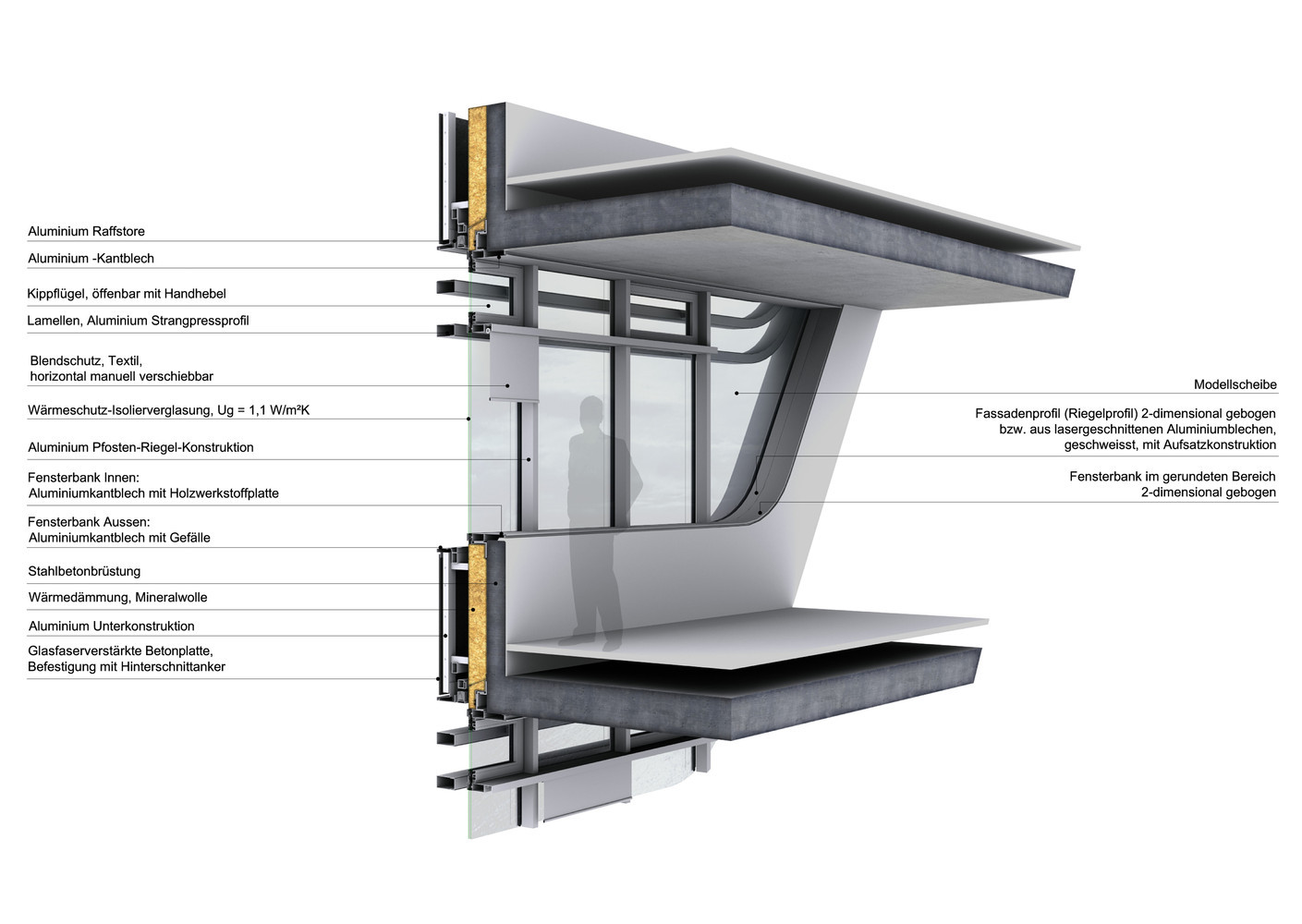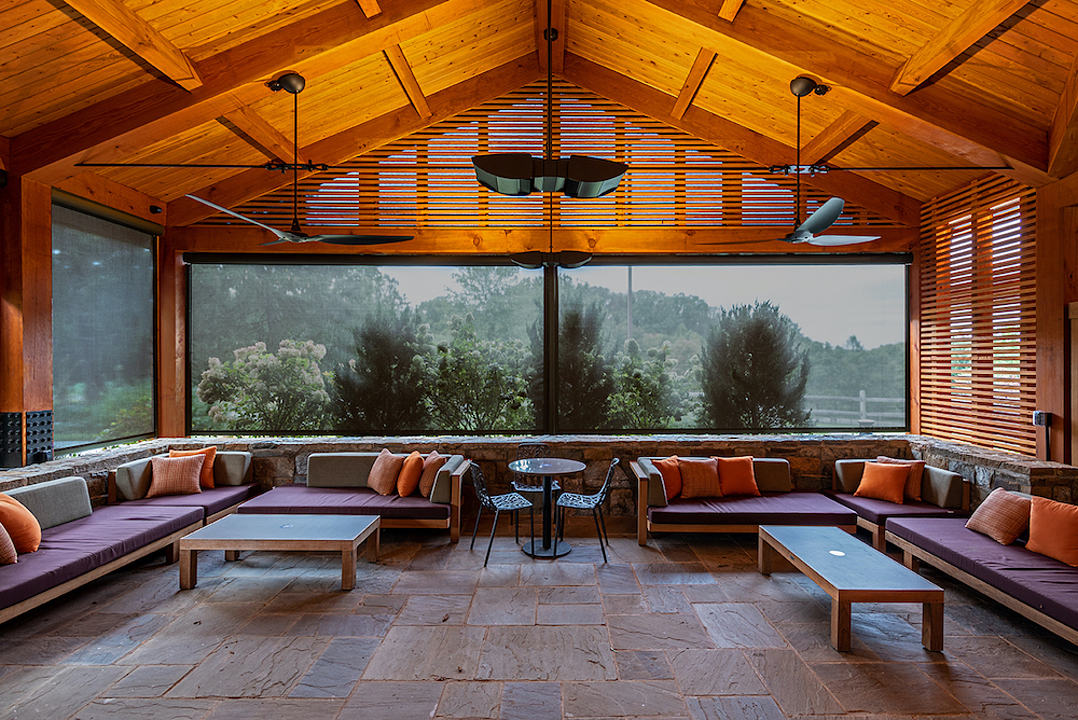NEWS
What is Carbon Concrete?
Seen as one of the great promises for the future of construction, carbon concrete mixes strength, lightness and flexibility. In addition, at a time marked by a serious environmental crisis that puts the construction methods of the industry in check, carbon concrete emerges as an alternative that approaches the guidelines of sustainability.
In practice, it is a concrete that uses carbon meshes instead of iron elements, making it four times stronger and lighter than the usual reinforced concrete, signaling material and financial savings. Its manufacture takes place through a process of thermal decomposition (pyrolysis) in which ultrafine strands of carbon crystals are extracted and used to create a mesh where the concrete is spread before it hardens. Its advantage therefore lies in the approximately 50,000 individual fibers – much finer than a human hair – processed to form a grid structure.
The Technical University of Dresden, Germany, has been leading research on this new material and recently stated that it has the potential to revolutionize civil construction, especially large infrastructure projects such as bridges and viaducts. This is because, in addition to allowing even larger spans without risk of collapse, carbon concrete is capable of generating much lighter prefabricated parts, eliminating large cranes.
However, it is not just about lightness and structural strength, other advantages of carbon concrete involve the fact that, unlike steel, carbon fiber does not rust, ensuring a much longer life cycle compared to conventional concrete. As a result, thick layers of concrete to protect steel from corrosion will no longer be necessary, making this decrease significantly contribute to the reduction of CO2 emissions in civil construction.
The world’s first carbon concrete building is being erected on the Dresden campus. With 220 square meters, the volume was baptized as “Cube” because it is a test work of the research project “C³ – Carbon Concrete Compsosite”. The innovative mesh will be used to construct the building’s bold and slender curved concrete roof. According to HENN, the architectural firm in charge of the project, carbon concrete suggests an architecture of the future in which environmentally conscious design is combined with formal freedom to radically rethink the most basic architectural elements.
Article by ArchDaily








